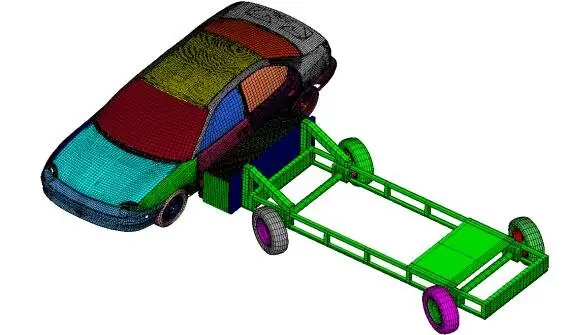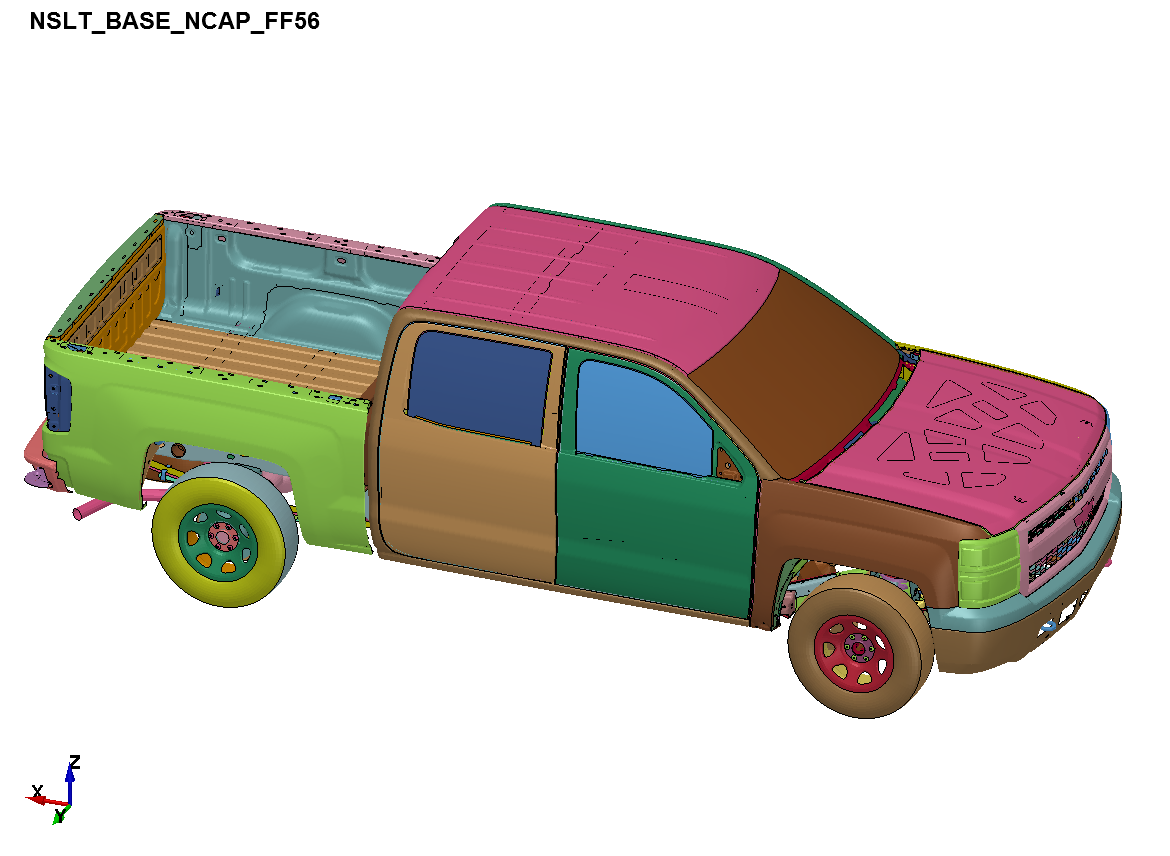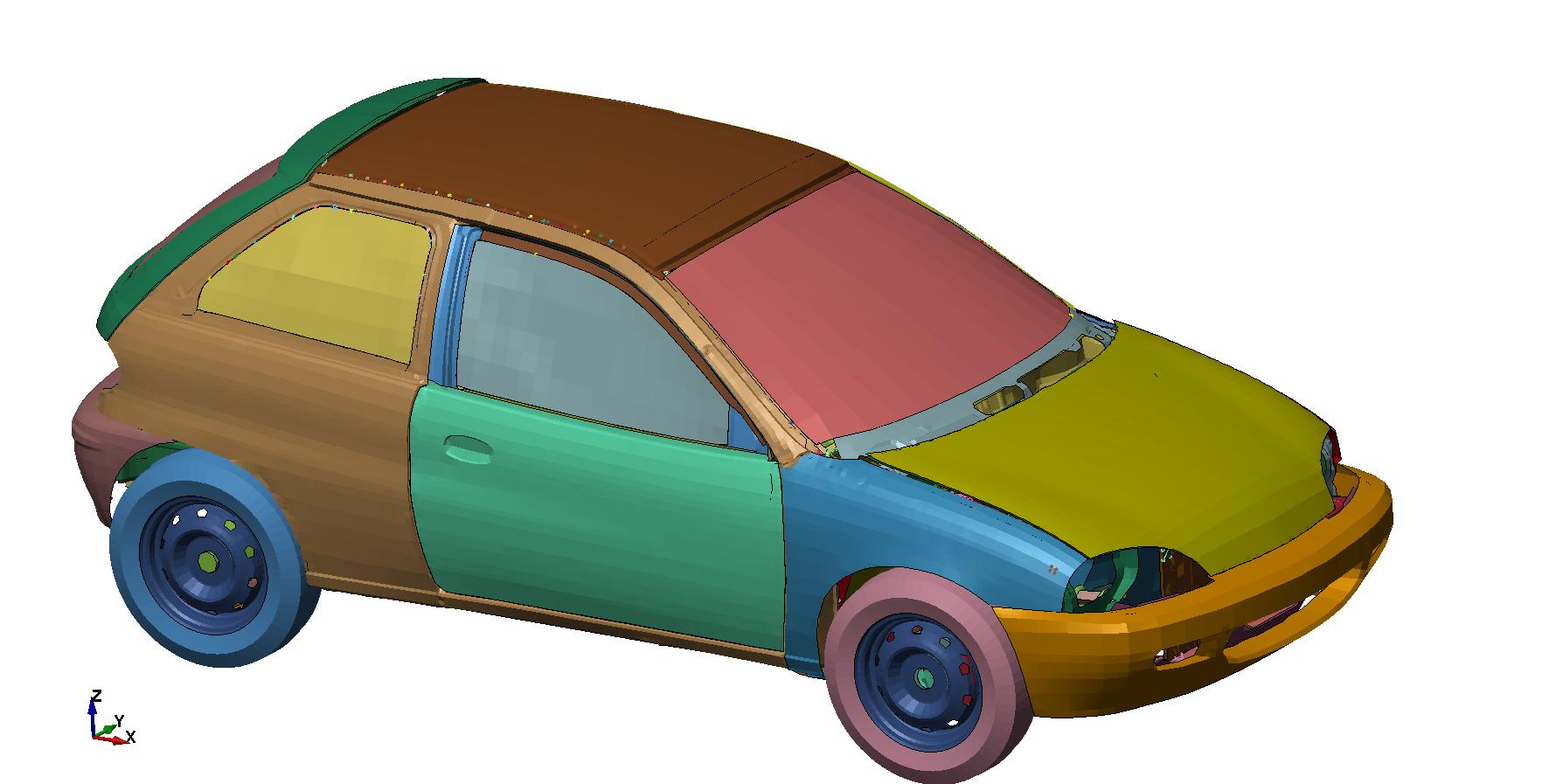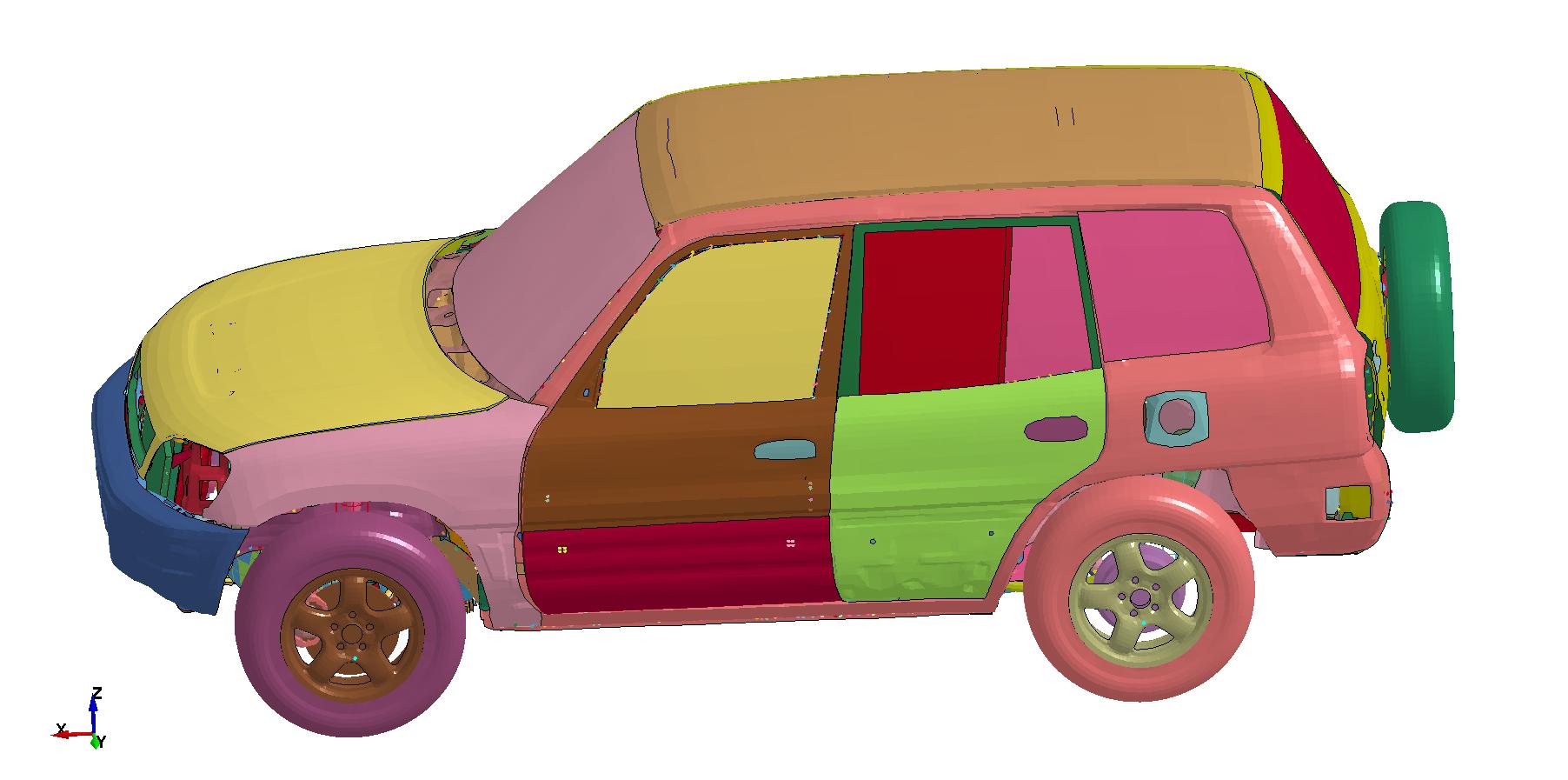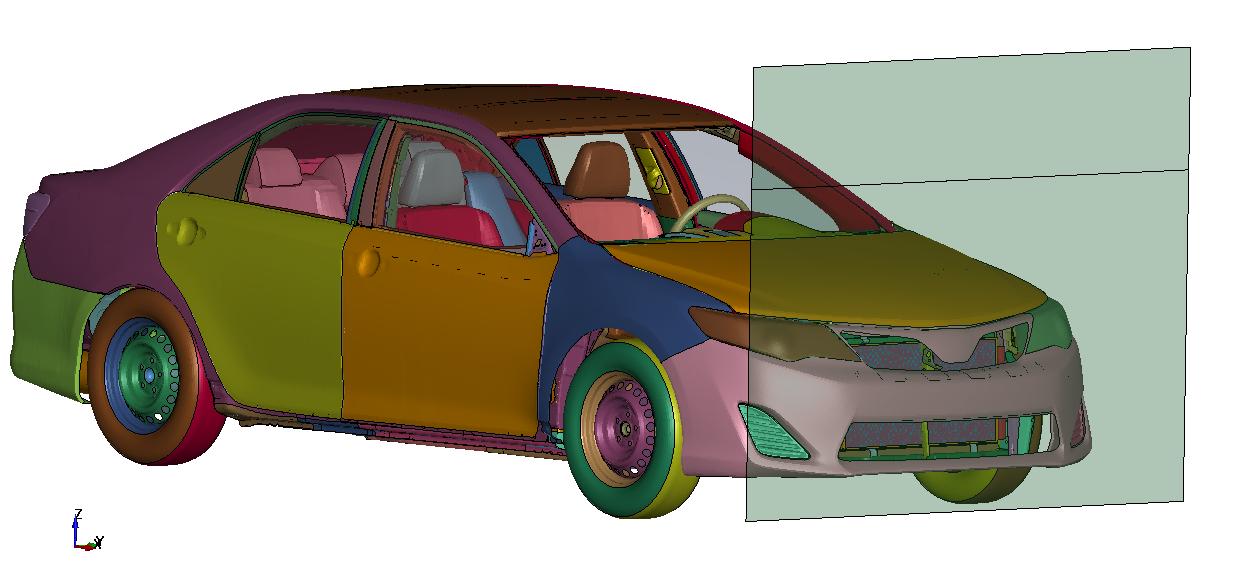Full Vehicle Crash
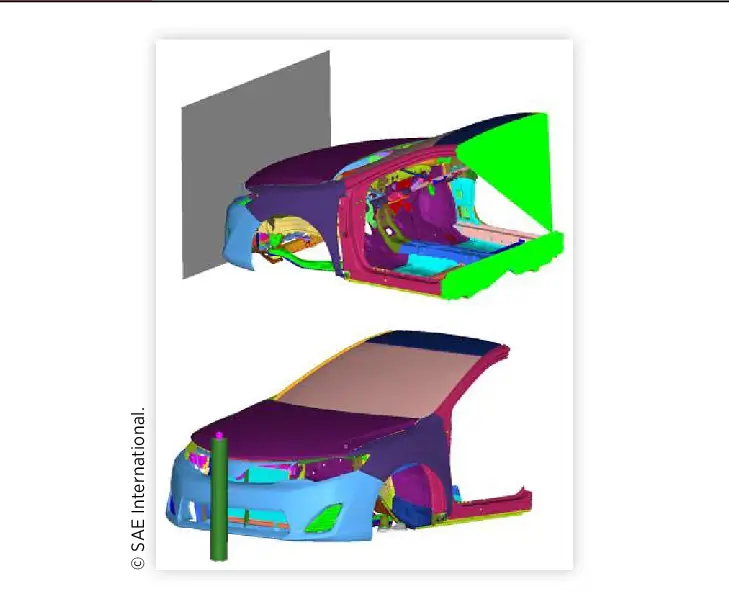
Understanding Crashworthiness
Crashworthiness is considered the most critical aspect in the full vehicle test category according to automotive industry standards. A crash is an unexpected event that occurs when a vehicle collides with another vehicle, pedestrian, animal, road debris, or other stationary obstruction, resulting in death, injuries, damage, and financial loss. Automobile safety encompasses the study of design, construction, and regulations to minimize the occurrence and consequences of crashes.
Categories of Vehicle Safety
- Active Safety: Measures to prevent crashes.
- Passive Safety: Measures to protect occupants during a crash.
Types of Vehicle Crash Tests
- Full Frontal Crash
- Offset Barrier Impact
- Side Pole Impact
- Roof Crush
- Pedestrian Safety
- Airbag Deployment
- Mine Blast Protection (Military Vehicles)
- Roll-Over Performance
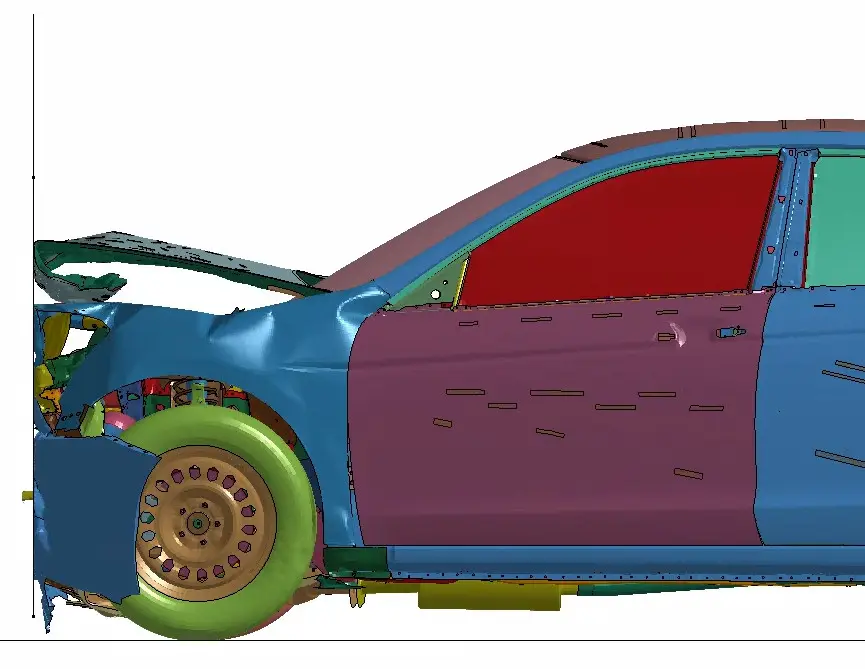
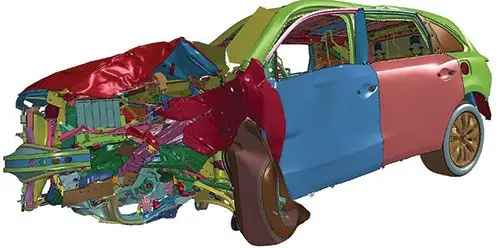
Role of CAE Tools in Automotive Safety
The extensive use of CAE (Computer-Aided Engineering) tools in the automotive industry has enabled automakers to reduce product development costs and time while enhancing the safety, comfort, and durability of the vehicles they produce. As the industry moves towards reducing physical prototyping, it is becoming increasingly reliant on distributed simulations.
Detailed Crash Test Methods
- Full frontal crash: Assessing vehicle response to head-on collisions.
- Offset barrier impact: Evaluating structural integrity during partial front impacts.
- Side pole impact: Testing side-impact resistance.
- Roof crush: Ensuring roof strength in rollover scenarios.
- Pedestrian safety: Reducing injury risk to pedestrians in collisions.
- Airbag deployment: Testing airbag effectiveness in crashes.
- Mine blast protection: Evaluating safety measures for military vehicles.
- Roll-over performance: Assessing vehicle stability and occupant protection during rollovers.
